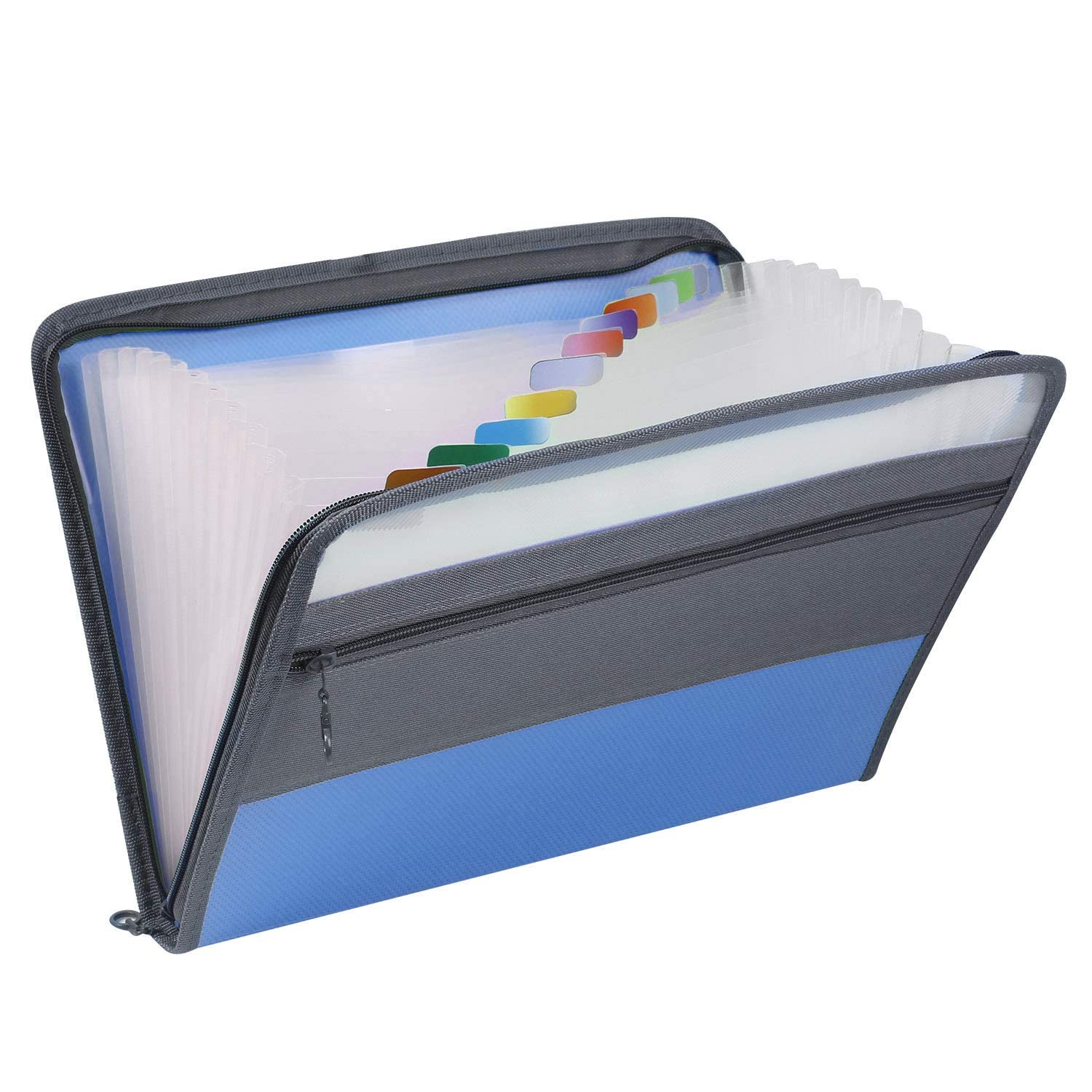Description
Assignment 2: Finite State Adventures
Introduction
This assignment is on finite state automata and transducers. There are three problems. The first requires no programming, and can be done on paper. For both programming problems, you are provided with some code to get started, as well as a few utilities that will make it easier for you to debug and test your code.
FSTs in NLTK
Although NLTK does come with a fully functional finite state transducer (FST) module, the documentation is less than perfect. Therefore, in this section, we will give you a brief introduction to everything that you will need to understand how to build finite state transducers in NLTK.
To start using NLTK for building FSTs, you need to first import the fst module into your program’s namespace. Then, you need to instantiate an FST object. Once you have such an object, you can start adding states and arcs to it. Listing 1 (provided along with the assignment as devowelizer.py) shows how to build a very simple finite state transducer—one that removes all vowels from any given word.
Feel free to try out the example to see how it works on some of your own input. There are a few points worth mentioning:
1. The Python string module comes with a few built-in strings that you might be able to use in this assignment for purposes of iteration as used in the example on line 23. These are:
• string.letters : All letters, upppercased and lowercased (the string ’abc…xyzABC…XYZ’)
Listing 1: A 1-state transducer that deletes vowels
4
7
10
13
16
20
21
22
24
25
26
27
29
30
32
34
• string.ascii lowercase : All lowercased letters (the string ’abc…xyz’)
• string.ascii uppercase : All uppercased letters (the string ’ABC…XYZ’)
3. Arcs can be added between the states of an FST object by using its add arc() method. This method takes the following arguments (in order): the starting state, the ending state, the input symbol, and the output symbol. If you wish to use single characters as input or output symbols, you must enclose them in parentheses (lines 25 and 27).
However, if you wish to use entire words as input or output symbols, you must enclose the word in square brackets (not in parentheses). For example, if you wish to add an arc that takes the string ten as input and returns the number string 10 when going from state 1 to 2,
depending on the context (line 25).
4. An FST object can be evaluated against any input string by using its transduce() method. Here’s how:
(b) If your transducer uses words as input/output symbols, then the input to transduce() should be a list of words. Again, you can either explicitly use a list of words or call the split method on a string of words separated by whitespace. For example, say your FST maps from strings like ten and twenty to number strings 10 and 20, then to evaluate it on the input string ten twenty, you
To make it easier for you to solve the two programming problems, we have provided three handy utilities in the included python file fsmutils.py. These utility functions will help you to test each transducer that you build and compose multiple transducers together.
The first is composechars(), which allows you to compose any number of transducers (that use single characters as input strings) and evaluate it on any input string. For example, if you have created three transducers f1, f2 and f3 and you wish to evaluate their composition on the input string S,
then you should use the following code:
The above function call computes (f3 ◦ f2 ◦ f1)(S). i.e., it will first apply transducer f1 to the given input S, use the output of this transduction as input to transducer f2 and so on and so forth. It will raise a generic exception if one or more input transducers do not work correctly. Note that since all transducers for this function use single characters as the input symbols, S must be a list of characters.
The second utility function is composewords() which allows you to compose transducers that use words as input symbols, instead of single characters. The usage is similar to composechars() but the input string S must be a list of words in order to be used with this function.
The final utility function is trace(). Given any single transducer f and a string S, this function will print the entire path taken through f when using S as the input. This can prove extremely invaluable for debugging any
Problem 1 (10 points)
Solve Problem 2.8 from the textbook. Please make sure to justify your answer by using examples.
Problem 2 (35 points)
Background: The Soundex algorithm is a phonetic algorithm commonly used by libraries and the Census Bureau to represent people’s names as they are pronounced in English. It has the advantage that name variations with minor spelling differences will map to the same representation, as long as they have the same pronunciation in English. Here is how the algorithm works:
Step 2: Remove all non-initial occurrences of the following letters: a, e, h, i, o, u, w, y. (To clarify, this step removes all occurrences of the given characters except when they occur in the first position.)
Step 3: Replace the remaining letters (except the first) with numbers:
• b, f, p, v→ 1
• c, g, j, k, q, s, x, z→ 2
Input Output
Jurafsky J612
Jarovski J612
Resnik R252
Reznick R252
Euler E460
Peterson P362
Table 1: Example outputs for the Soundex algorithm.
• d, t→ 3
• l→ 4
• m, n→ 5
• r→ 6
If two or more letters from the same number group were adjacent in the original name, then only replace the first of those letters with the corresponding number and ignore the others.
Step 4: If there are more than 3 digits in the resulting output, then drop the extra ones.
Step 5: If there are less than 3 digits, then pad at the end with the required number of trailing zeros.
The final output of applying the Soundex algorithm to any input string should be of the form Letter Digit Digit Digit. Table 1 shows the output of the Soundex algorithm for some example names.
Construct an FST in NLTK that implements the Soundex algorithm. Obviously, it is non-trivial to implement a single transducer for the entire algorithm. Therefore, the strategy we will adopt is a bottom-up one: implement multiple transducers, each performing a simpler task, and then compose them together to get the final output. One possibility is to partition the algorithm across three transducers:
1. Transducer 1: Performs steps 1-3 of the algorithm, i.e, retaining the first letter, removing letters and replacing letters with numbers.
2. Transducer 2: Performs step 4 of the algorithm, i.e., truncating extra digits.
3. Transducer 3: Performs step 5 of the algorithm, i.e., padding with zeros if required.
Note that each of these three transducers will have characters as input/output symbols.
To make things easier for you, we have provided the file soundex.py which is where you will write your code. It already imports all needed modules and functions (including fsmutils.py). It also creates three transducer objects—as dictated by the bottom-up strategy outlined above—such that all you should have to do is to figure out the states and arcs required by each transducer. It also contains code that allows you to iterate over an input file containing names (one per line) when redirected into the standard input: python soundex.py < input.names
When you run the above command, the output should be something like:
Jurafsky –> J612
Jarovski –> J612
Resnik –> R252
Reznick –> R252
Euler –> E460
Peterson –> P362
For this problem, please turn in a file soundex.py that implements the Soundex algorithm and has the above input/output behavior, along with any explanation you feel is appropriate. We will run your program in exactly the manner specified above to check its output. We will also run your program with a held-out testset (i.e., a different set of names) to see if your implementation is correct.
Notes:
Problem 3 (55 points)
Background: In the Hindi language, numerals can be spelled out just like they are in English. For example, the numeral 1211 is written as one thousand two hundred eleven in English and ek h)Ar do sO `yArh in Hindi. This Hindi string can be transliterated into English as ek hazaar do sau gyaarah. The following table shows the translations (both in Hindi and in transliterated English) for the numerals 1 to 20.
1: ek (ek) 2: do (do) 3: tFn (teen) 4: cAr (chaar)
5: p Ac (paanch) 6: Ch (chaha) 7: sAt (saat) 8: aAW (aath)
9: nO (nau) 10: ds (das) 11: `yArh (gyarah) 12: bArh (barah)
13: trh (terah) 14: cOdh (choudah) 15: pdý h (pandrah) 16: sOlh (saulah)
17: s/h (satrah) 18: aV^ WArh (attharah) 19: unFs (unnees) 20: bFs (bees)
Next we have the translations for the various numerical quantifiers:
hundred: sO (sau) thousand: h)Ar (hazaar)
There also exists a quantifier in Hindi that does not exist in English. This quantifier (lA or laakh) is applied to numbers with order of magnitude greater than 105 and replaces the American convention of using hundred thousand for such numbers. For example, while the numeral 120415 is written as one hundred twenty thousand four hundred fifteen in English, it is written as ek lAbFs h)Ar cAr sO pdý h (ek laakh bees hazaar chaar sau pandrah) in Hindi.
Construct an FST in NLTK that can translate any given numeral into its corresponding Hindi string. For the sake of convenience, assume that the following is true:
• The output of the FST should be the English transliteration of the Hindi string.
• Any given numeral N will always satisfy the following equation:
N = a x 105 + b x 103 + c x 102 + d where:
0 ≤a≤ 9
0 ≤b≤ 20
0 ≤c≤ 9
0 ≤d≤ 20
The sole purpose of these restrictions is to make sure that you will only ever need to use the translations provided above, e.g., you do not need to know the translation of any numeral higher than 20 to solve this problem.
Here are some examples you can test your code on:
Input Output
5 paanch
102 ek sau do
1000 ek hazaar
120312 ek laakh bees hazaar teen sau barah
Just like for Problem 2, we have provided a file called hindinums.py with boilerplate code. You should add your code to this file. This file also contains driver code that will allow you to iterate over a list of numbers provided via standard input as follows:
python hindinums.py < input.numbers
When you run the above command, the output should be something like:
5 –> paanch
102 –> ek sau do
1001 –> ek hazaar ek
120312 –> ek laakh bees hazaar teen sau barah
9216 –> nau hazaar do sau saulah
For this problem, please turn in a file hindinums.py that implements the translation algorithm and has the above input/output behavior, along with any explanation you feel is appropriate. We will run your program in exactly the manner specified above to check its output. We will also run your program with a held-out testset (i.e., a different set of numbers) to see if your implementation is correct.
Notes:
(ii) For this problem, we will not tell you how many transducers to use. You should figure that out on your own. We can also provide you with a couple of cryptic clues which might be helpful:
1. Characters can be words too.
2. Fixed length makes for simpler code.




Reviews
There are no reviews yet.